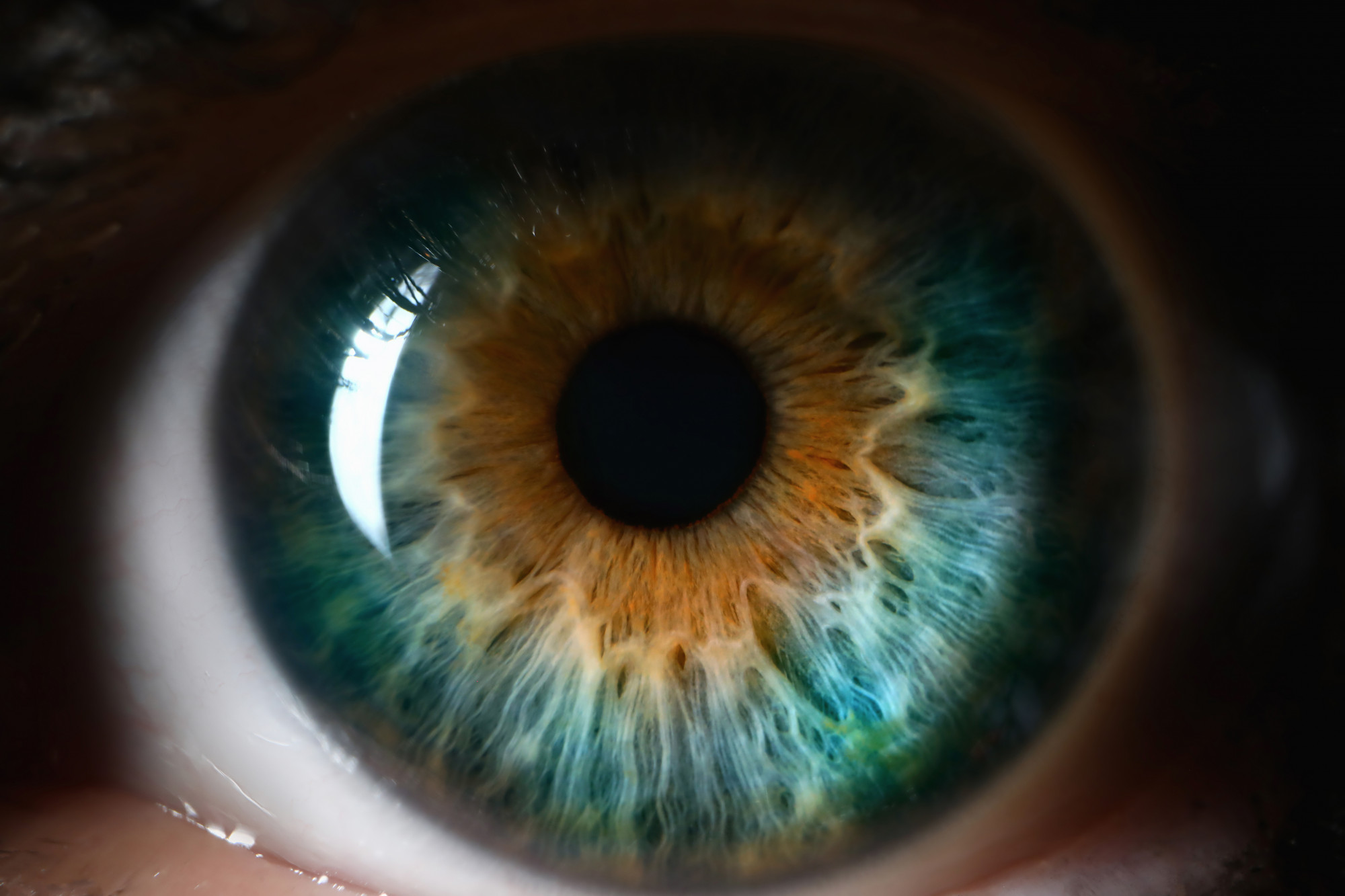10 Facts About the Human Eye
The human eye is a fascinating organ that helps us see the world around us. It senses light and converts images into electrical signals sent to our brain. The eye has many essential parts, such as the cornea, pupil, lens, retina, and vitreous humor.
Ophthalmology is the medical specialty that diagnoses and treats human eye disorders. Ophthalmologists have conducted in-depth studies to develop exciting facts about the human eye.
The most interesting facts about the human eye, as cited by various professionals in ophthalmology jobs in California, include the following:
- You blink about 15-20 times per minute. Your eyes also produce about one quart of tears each day.
Tears keep your eyes lubricated and wash away irritants and fight off infection. Your eyelids also protect your eyes from dust, insects, and other particles that could harm them.
- The human eye has a blind spot located at the optic nerve connecting to the retina on the back wall of the eyeball. This blind spot is called “area centralis” or “macula lutea.” When light from an object enters our eye and passes through this area, we cannot see it on our retina.
The center of the retina is where rods and cones are located. Rods allow us to perceive things in low light, while cones allow us to see colors. The center of the retina is called the “fovea.”
- When we go to sleep, the eye muscles relax, and the eyelids close. We cannot open our eyes wide enough to look up at the ceiling unless someone jostles us awake. The eye can also not move in any direction when the lids are closed, so even if we’re looking at something, you may not fully comprehend it.
- The pupil is always black, even if you have blue or brown eyes. The iris of an eye is made up of two layers: the stroma and the epithelium. The pigment in these two layers determines your eye color. For example, in brown eyes, the stroma is dark brown, whereas the epithelium is light brown. However, in blue eyes, there is little or no pigment in either layer, and the iris appears blue.
- You might be surprised to know that your eyes are never still, even when staring straight ahead. This is because our brain’s visual cortex is constantly scanning, trying to find something of interest or a problem to fix. This phenomenon is called “saccadic movements.”
- The human eye has two types of cones, red and green, which allow for the perception of color. The cones are sensitive to light and changes in wavelengths such as red or green. Cones are not sensitive to a specific wavelength but instead respond to a range of wavelengths.
- A newborn baby’s pupils contract to about 2mm when exposed to sunlight, but as a person grows older, the pupil will expand up to 7mm. This is because the iris – the muscle that controls the size of the pupil – is not yet fully developed.
- The eye is an incredible organ. More than 150 muscles inside our eyes control what we see by making tiny adjustments to focus on nearby objects.
- The eye can be divided into the external structures surrounding the pupil, the cornea, and the sclera, and inside this eye is the retina. The retina is a thin layer of tissue at the back of our eyes that helps us see things. It receives electric signals from rods and cones in our optic nerve and transforms them into images. There are rods that help us see in low light. There are cones that help us see color.
10. The eyes have a constant supply of blood. They provide us with information about our surroundings and help us see objects in detail. They also act as sensory organs, sending signals to our brain and spinal cord via nerve impulses. They have an essential role in regulating our moods, behavior, and sleep patterns.

